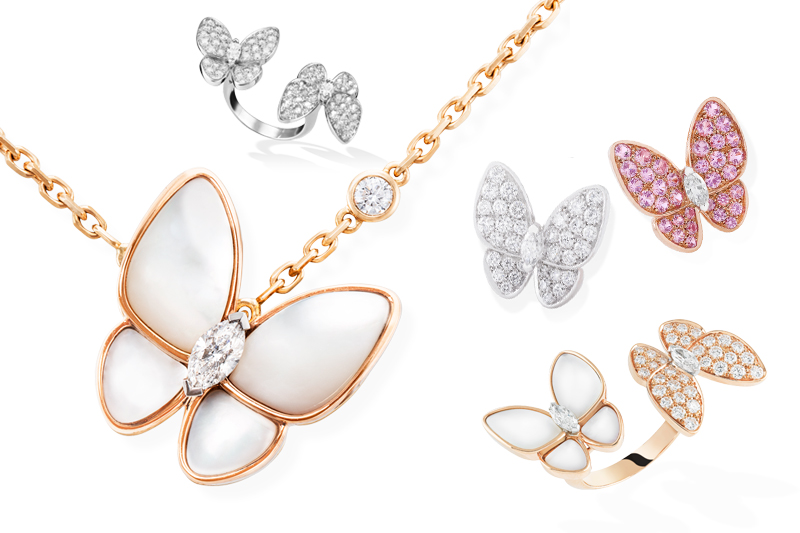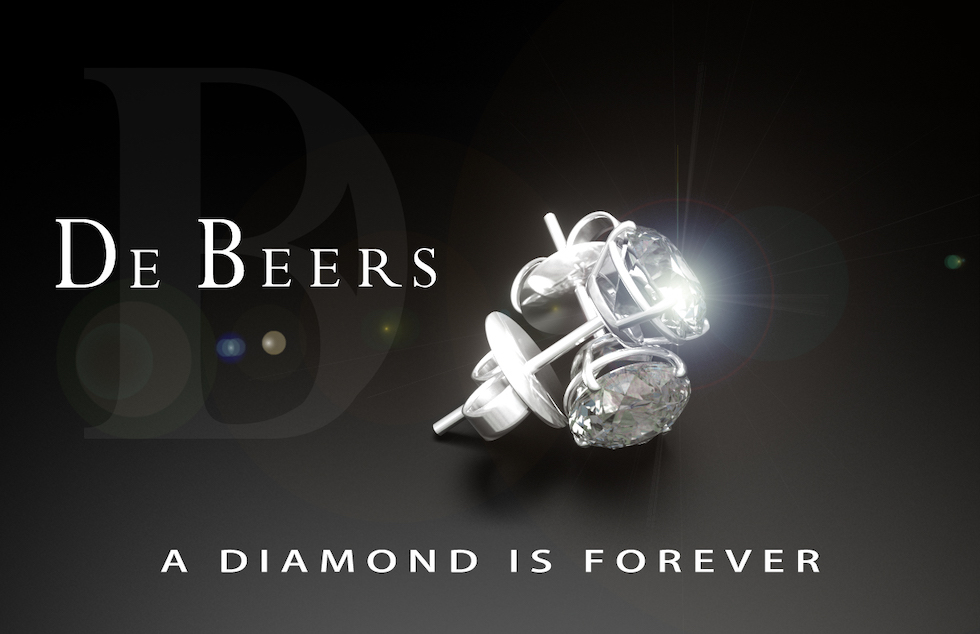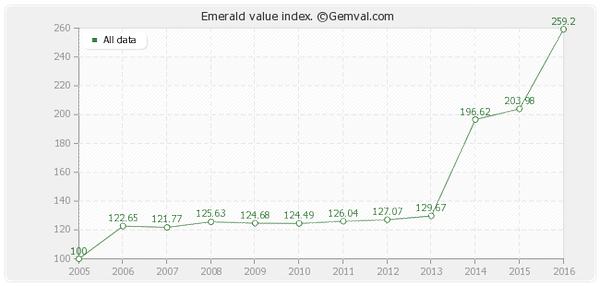Luxury brand building in the 21st century world
The economic growth of China over the past three decades has been phenomenal but the rate at which luxury brands, including designer jewellery, gems and watches, have expanded in the Far East is even more remarkable. These factors have not escaped the attention of the media, who now derive a huge proportion of their revenues from luxury jewellery and watch brand advertising and sponsorship. Where the Financial Times started others, such as Telegraph Luxury, have followed suit and it is now underpinning advertising sales in broadsheets globally. Intriguingly this phenomenon has spawned a new cadre of niche journalists who delight in brand storytelling, revealing the latest collections or designs and commentating on every new development within the industry. It has been said that the aim of a fine watch is not to tell the time but rather to tell the story of its owner and illustrate his or her status.

The knock-on effects of the boom in high jewellery, luxury goods and watches is being felt far from the hubs of consumption for these goods, which encompass North America, Western Europe, the Middle East and Far East. One example of this is the African nation of Zambia, home to the bulk of the emerald production of coloured gemstone mining giant Gemfields PLC. Traditionally copper was the largest commodity export by value but it has now been far superseded by emerald production, principally from the vast Kagem mine, the biggest in the country. Gemfields, with its new Colombian operations included, now produces more than 20% of the world’s overall emerald output so the wealth generated in the emerging and established luxury markets alike is now starting to cascade, in small measure, down to some of the poorest parts of the planet. Together with blue and yellow sapphires, coloured and white diamond and red rubies, these stones fulfil the role of providing the green colour in the spectrum of the jeweller’s pallet.

Another clear sign of this re-distribution of wealth is the relocation of monthly “sights” or diamond sales made by the world-renowned De Beers company from London to Botswana, itself now one of the world’s largest diamond producing states. De Beers’ unique and long term marketing strategy of marrying diamonds with the idea of relationships is well explored in previous articles, as is the blue print it has formed for successor brand building activities by the likes of Gemfields in their chosen precious stone market. In De Beers case this was driven by Harry Oppenheimer in the 1930s, who got the New York advertising agency NW Ayer to develop the slogan “diamonds are forever,” subsequently used in marketing and film titles and widely regarded as one of the most successful campaigns of its type in history. This simple, yet powerful, almost subliminal message enabled advertising across cultural divides and into new a fertile territories, such as Japan and more recently China and the rest of the Asia Pacific bloc, where the diamond engagement ring had previously been an alien concept.

Gemfields are the first major brand to exploit the brand building potential of firstly monopolising an entire market and then expanding that entire market with a broad and simple advertising campaign. This lesson, including its success for Gemfields, has not escaped the notice of marketing and advertising professionals across the board, many of whom are keen to take a simple, powerful and culturally ‘neutral’ message across geographical and political terrain. Besides the De Beers conveyor belt of diamond supplies, the source of other gemstones has often been rather erratic. This has lead to a degree of uncertainty whereby jewellers do not know from one month to the next what stones they will have available to work with. Following the De Beers model, Gemfields sort to reduce that uncertainty (and vastly increase their own profits) by ramping up production on a highly organised industrial scale. A double whammy for Gemfields shareholders has been the boom in the price of emeralds, which have risen by over over 300% in the past 10 years (gemval.com 2016).

This is juxtaposed with the received wisdom of supply and demand and in fact it demonstrates one of the limitations of it. It illustrates how motivated buyers in a niche marketplace (luxury goods) can behave when presented with a guaranteed supply chain of raw materials. This facilitates the launch of new ranges and advertising and marketing campaigns safe in the knowledge of a constant flow of the valuable raw materials, rather than the uncertainty that comes with one-off supplies that may not be available on demand. The rise of the ethical consumer has also given high end brand builders something to think about in the 21st century and Gemfields (amongst others) have done much to improve the ethics and transparency of the gemstone supply business, an industry much derided in the past for its practices, treatment of indigenous workforces and environmental standards and practices. In addition to the supply side of the business, Gemfields have been hard at work with the more traditional profile raising activities, such as hiring Hollywood actress Mila Kunis to showcase their pieces, as well as purchasing the famous Russian House of Fabergé.

Unpredictable trends and undercurrents flow in the luxury industry which tends to be one of the most prolific trend setters and sources of proclamation. For example, 2013 was hailed as the emerald “colour of the year” by Sean Gilbertson, Executive Director of Gemfields, and 2015 the “year of the coloured gemstone” by Jean Ghika of Bonham’s auctioneers. Of course precious stone colours wax and wane in and out of fashion with the ebb and flow of consumer tastes and preferences. As a direct result it is the jewellers and mine operators who can pre-empt these trends and/or hedge their bets by covering multiple precious stone markets at the same time that will truly come out on top. The key to the success of the approach adopted by De Beers (and later Gemfields) was the realisation that there is a lot a supplier can do by identifying the customers that truly drive the market. In the case of the high jewellery and gem market this is not the girls looking for pieces to match the colour of their eyes but rather the makers and retailers who want certainty of supply. This is perhaps the true legacy of the lateral thinking of Harry Oppenheimer, a man who laid the foundations for modern luxury brand building.
Visit London DE’s blog to explore similar articles.


